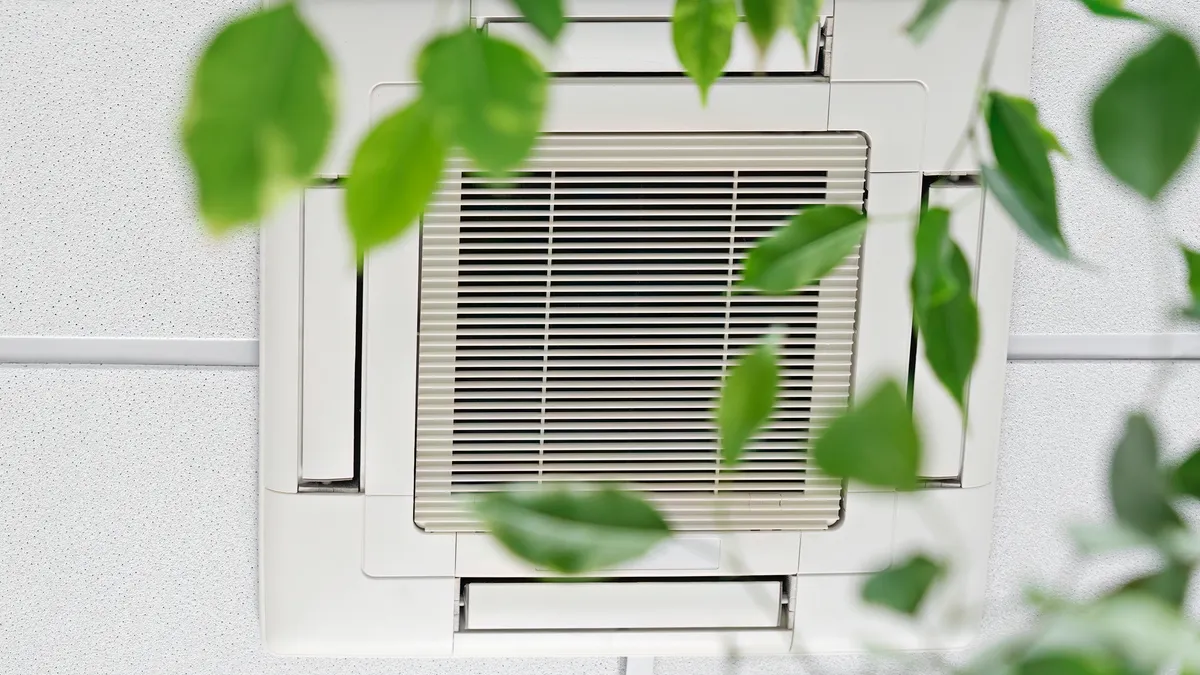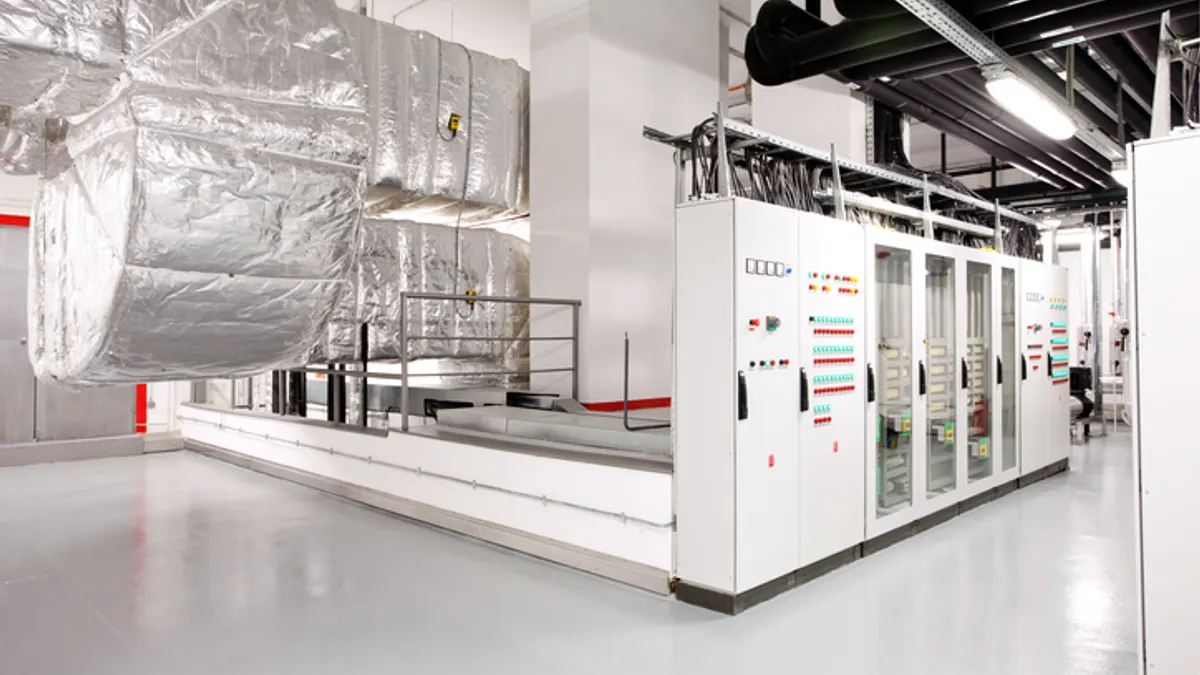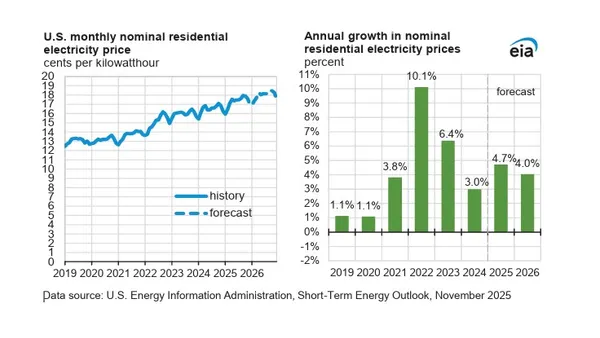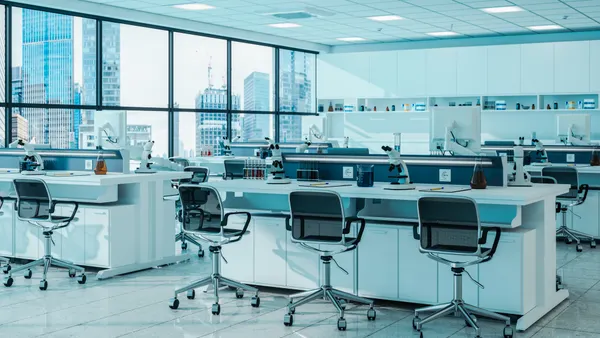WASHINGTON, D.C. — Facilities managers can reduce energy costs while improving indoor air quality and health, panelists said at the International WELL Building Institute’s National Policy Summit on Monday.
“We have the tools and the knowledge to make buildings that are energy efficient and decarbonized,” Bill McQuade, 2025-26 President of ASHRAE, said at the event. “We have the skills, knowledge and understanding to make buildings that are healthy. And there’s no reason that both can’t be done simultaneously.”
ASHRAE has been working on a road map and design methodology to help operators approach both goals equally, McQuade said.
In some ways, the challenge is greater on the IAQ side of the equation, McQuade said. While energy efficiency has steadily improved over time due to adoption of minimum standards by states and local governments across the U.S., there’s no equivalent IAQ standard, he said.
For decades, ASHRAE has had a standard for minimum ventilation rates and other measures to improve indoor air quality – Standards 62.1 and 62.2 – but only one state has adopted it in full in its building code, McQuade said. Other states have adopted parts of the standard in their codes.
The mixed adoption has led to different versions of ventilation standards in different states, making it harder to improve air quality across the board, McQuade said.
The concern over standards is greatest with ongoing building maintenance and operation because new construction is more closely regulated. “Once the building is commissioned and handed over to the owner, how it gets maintained is really something we need to work on as an industry,” he said.
ASHRAE is creating best practices-type resources for building owners and operators, he said. Among them are checklists and other documents for superintendents and maintenance staff to make sure that water lines are flushed and HVAC systems are cleaned, as well as other work that should be done before school starts.
Meeting both energy and indoor environment goals requires attention to installation and how technologies function within a building, according to Tricia Miller, vice president of policy and market development at Aeroseal. Air duct sealing can address both, she said.
“Think of us as coming in alongside an electrification project where you’re installing a high-performance HVAC system and you have very leaky ducts,” she said. “You’re not going to get the energy performance that is specified when you’re putting in that Trane or Carrier equipment ... because it’s intended to perform well with the infrastructure behind it that will ensure you’re not getting a loss [from] duct leakage or air leakage.”
Her company has found that sealing ducts can often reduce leakage by 80% to 90%, but this doesn’t always work for existing buildings, which have old, blocked and hard-to-access ventilation infrastructure, she said.
“A lot of cities have these old, sick buildings [that] just weren’t designed with proper ventilation, and it’s almost impossible to get into those air shafts,” she said. In one building, she said, “we found the fans weren’t working because 80% of the air shaft was blocked.”
In these situations, it might make more sense to get new equipment and replace existing ventilation shafts, she said.
“The innovation is in how we bring together the existing and new technologies,” Miller said. “Let’s fix the broken buildings with the current technology and some of the emerging tech and control systems to combine indoor air quality improvements with central ventilation projects. And at the same time get the level of energy performance we need.”










